Do you have food in the freezer that calls out to you? That sings your name and says “come hither?” Well, there’s a little box of these in my freezer and in the mid-afternoon when I need a pick-me-up, I swear, they start beckoning.
Not really, but they certainly could sing to me. These brownies. Oh my goodness. I’d forgotten all about these, about how fantastic they are, how chocolaty they are. I cut them into small pieces so I wouldn’t get carried away and I do take just ONE of them. I baked them for an event recently and hoped most of them would be eaten, but alas, there were about 15 of them left over. Oh, sigh. They’re in my freezer.
I posted this recipe back in 2007, a couple of months after I started writing this blog, and I waxed glorious about them then, and hadn’t made them since. It’s a recipe from Cook’s Illustrated – according to my notes it was published in 2004 and I think they call them Classic Brownies. The link at left is to my original post. The only thing different about this one is that I used walnuts instead of pecans.
There is one important point – DO use really good quality chocolate. I’m not sayin’ that these won’t be good if you use grocery store, cheaper chocolate. I had a chunk of Valrhona in my pantry and that’s what I used. It calls for unsweetened chocolate. Nothing about the preparation of these is difficult. There are dry ingredients.There are eggs, and then chocolate and butter that are melted together.
You can bake these in a 9×13 pan. Mine?: I used an odd shaped one. One of my cooking teachers recommended 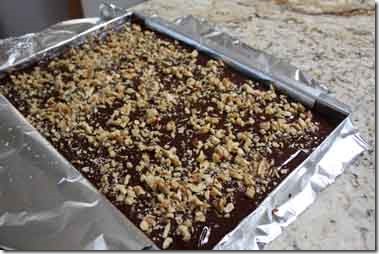 Magic Line, a U.S. company that produces real solid aluminum pans. They’re available on amazon in oodles of shapes and sizes. This one I used is a jelly roll pan, but I wasn’t making a jelly roll, obviously. What’s unique about Magic Line is the nice little lip they put on the edges, which makes it much easier to grab the hot pan out of the oven. Anyway, Parrish Magic Line 10 x 15 x 1 Inch Jelly Roll/Cookie Sheet
Magic Line, a U.S. company that produces real solid aluminum pans. They’re available on amazon in oodles of shapes and sizes. This one I used is a jelly roll pan, but I wasn’t making a jelly roll, obviously. What’s unique about Magic Line is the nice little lip they put on the edges, which makes it much easier to grab the hot pan out of the oven. Anyway, Parrish Magic Line 10 x 15 x 1 Inch Jelly Roll/Cookie Sheet is the one. In the photo at left I’ve lined the pan, both directions, with foil, with edges sticking out, to make it easier to remove once the brownies are cooled.
I wanted to have thinner brownies and more of them; hence I decided to use the larger pan. I baked them slightly less time, about 29 minutes, rather than 30-40 in the 9×13 pan. I used my Thermapen to check the internal temp and took them out when they reached 200° F. And, I used walnuts. I didn’t toast them – I was running low on time that day, so I took a shortcut. But toasting walnuts, or any nuts, before baking with them is a good idea.
What’s GOOD: everything about these is good, providing you like chocolate. The brownies are dense, but not gummy, and they’re just overflowing with good chocolate flavor. Now I remember why they’re called “best ever.” That was a designation from the folks at Cook’s Illustrated. You’ll hear raves, I promise you.
What’s NOT: nothing, unless you don’t have any good unsweetened chocolate on hand. These are worth making a trip to a specialty store to find the Valrhona. Or Scharfenberger would be fine too. Just use good chocolate, that’s all I ask!
Files: MasterCook 5+ and MasterCook 14 (click on link to open recipe in MC)
* Exported from MasterCook *
Classic Brownies (the best classic brownie ever)
Recipe By: Erika Bruce & Adam Reid, Cook’s Illustrated, 2004
Serving Size: 24 (or about 40 if you use the different pan size)
4 ounces walnuts — or pecans, chopped and toasted
1 1/4 cups cake flour
1/2 teaspoon salt
3/4 teaspoon baking powder
6 ounces unsweetened baking chocolate — chopped fine [I used Valrhona brand]
1 1/2 sticks unsalted butter
2 1/4 cups sugar
4 large eggs
1 tablespoon vanilla extract
1. Adjust oven rack to middle position; heat oven to 325°. Cut 18-inch length foil and fold lengthwise to 8 inch width. Fit foil into length of 13 x 9 inch baking dish (preferably glass), pushing it into corners and up sides of pan; allow excess to overhang pan edge. Cut 14-inch length foil and, if using extra-wide foil, fold lengthwise to 12-inch width; fit into width of baking pan in same manner, perpendicular to first sheet. Spray foil-lined pan with nonstick cooking spray. If using nuts, spread nuts evenly on rimmed baking sheet and toast in oven until fragrant, about 4-8 minutes. Set aside to cool. Whisk to combine flour, salt and baking powder in medium bowl. Set aside.
2. Melt chocolate and butter in large heatproof bowl set over saucepan of almost simmering water, stirring occasionally, until smooth. (Alternatively, in microwave, heat butter and chocolate in large microwave safe bowl on high for 45 seconds, then stir and heat for 30 seconds more. Stir again, and if necessary, repeat in 15-second increments; do not let chocolate burn.) When chocolate mixture is completely smooth, remove bowl from saucepan and gradually whisk in sugar. Add eggs one at a time, whisking after each addition until thoroughly combined. Whisk in vanilla. Add flour mixture in 3 additions, folding with rubber spatula until batter is completely smooth and homogenous.
3. Transfer batter to prepared pan; using spatula, spread batter into corners of pan and smooth surface. Sprinkle toasted nuts (if using them) evenly over batter and bake until toothpick or wooden skewer inserted into center of brownies comes out with few moist crumbs attached, 30-35 minutes, or until the brownies are at about 200° F on an instant-read thermometer. Cool pan on wire rack at room temperature about 2 hours, then remove brownies from pan by lifting foil overhang. Cut brownies into 2-inch squares and serve. Store leftovers in airtight container at room temperature up to 3 days (they won’t last that long!). NOTE: I used a 10x15x1 jelly roll pan to bake these, so it made about 40 brownies. When using that sized pan, they baked for about 29 minutes.
Per Serving (if making 24): 224 Calories; 13g Fat (50.2% calories from fat); 3g Protein; 26g Carbohydrate; 1g Dietary Fiber; 51mg Cholesterol; 73mg Sodium.





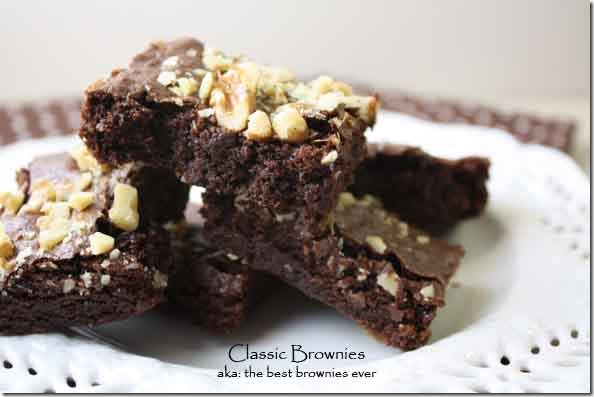

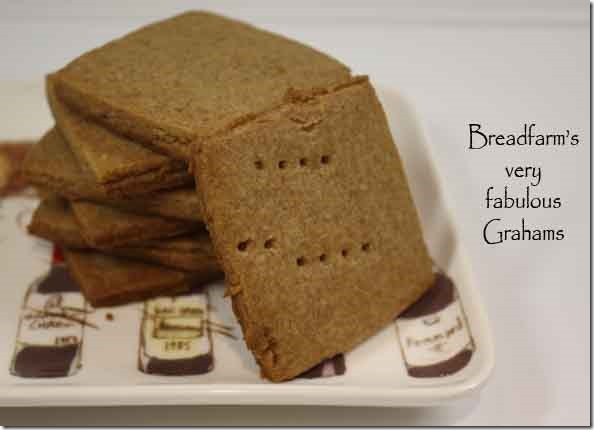
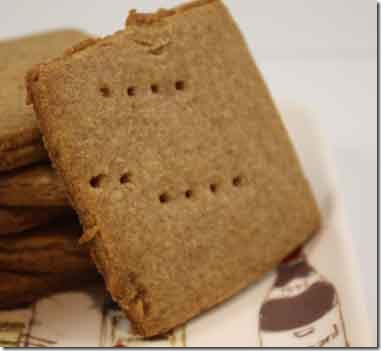
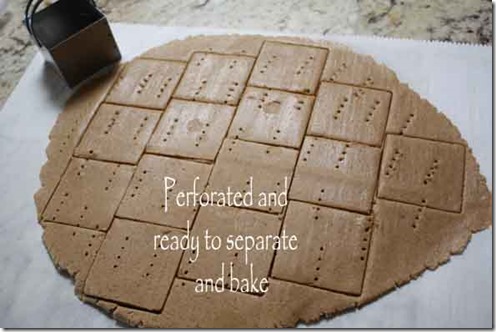
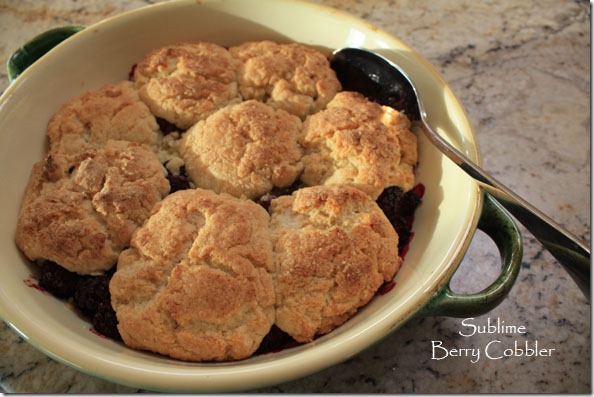
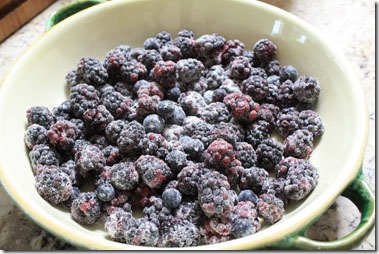
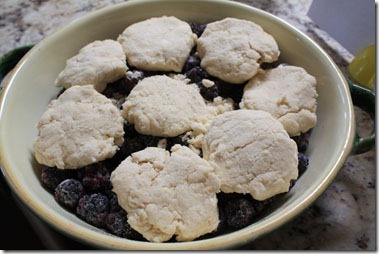
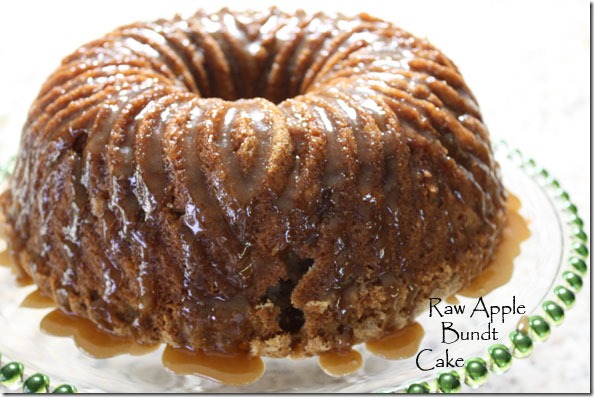
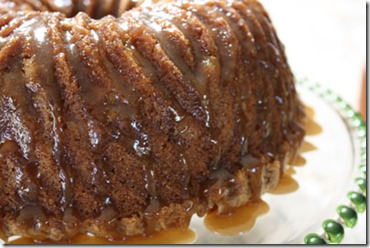
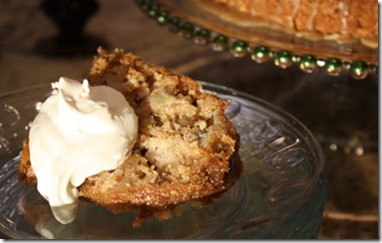
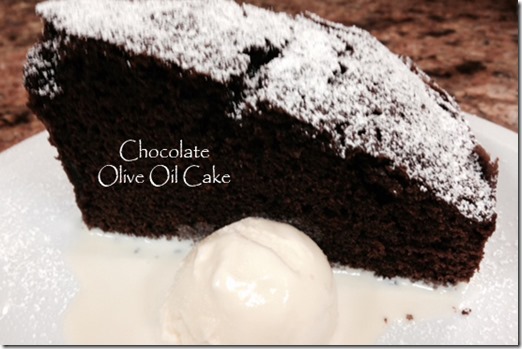
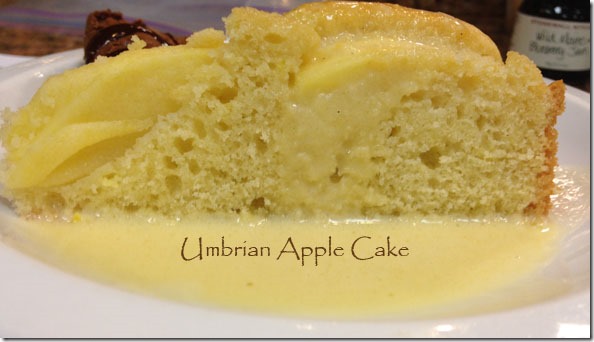
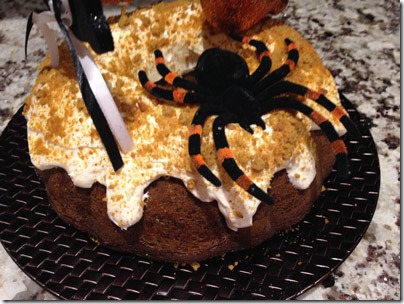
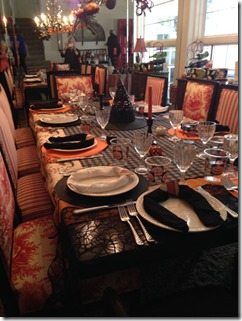
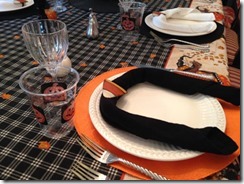
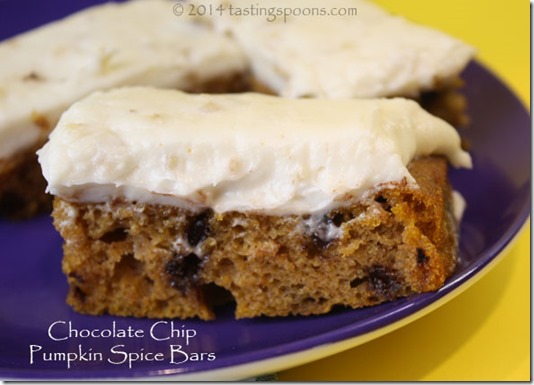
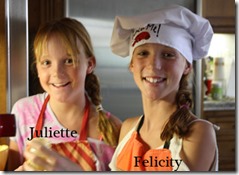
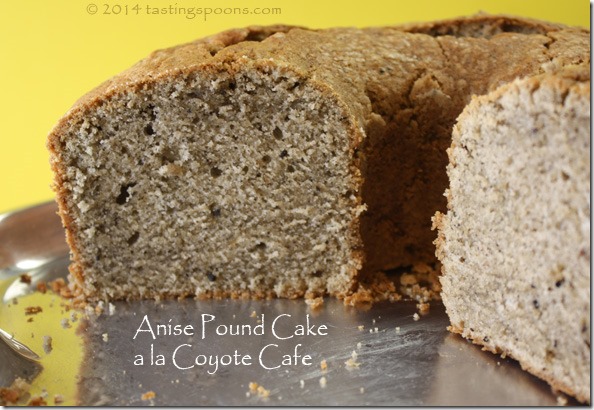
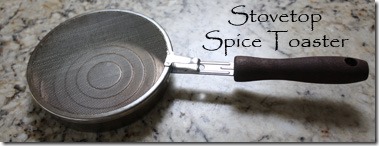
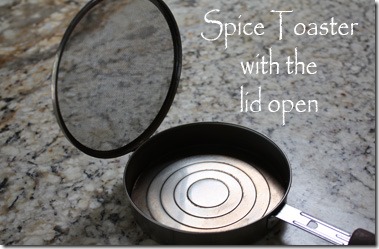
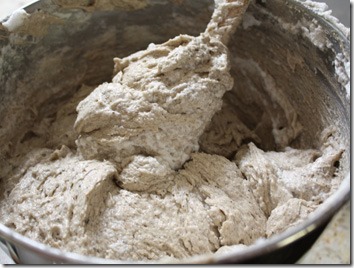
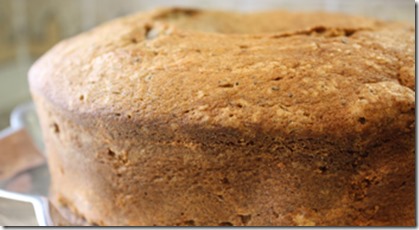
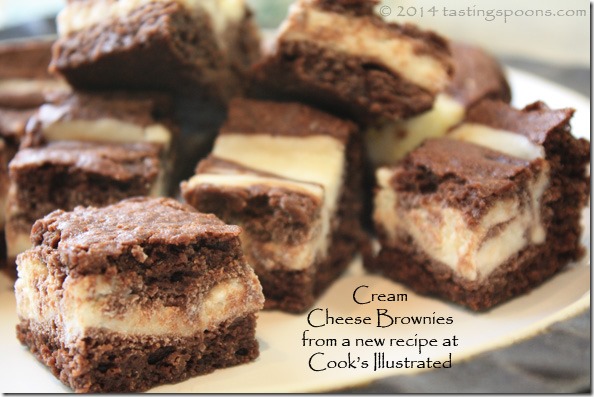
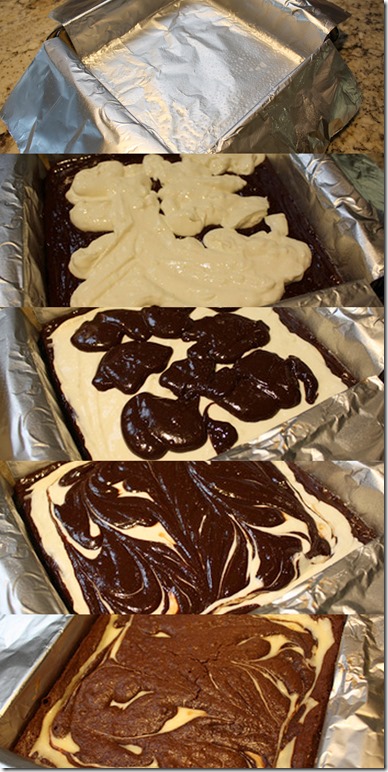
Leave a Comment!